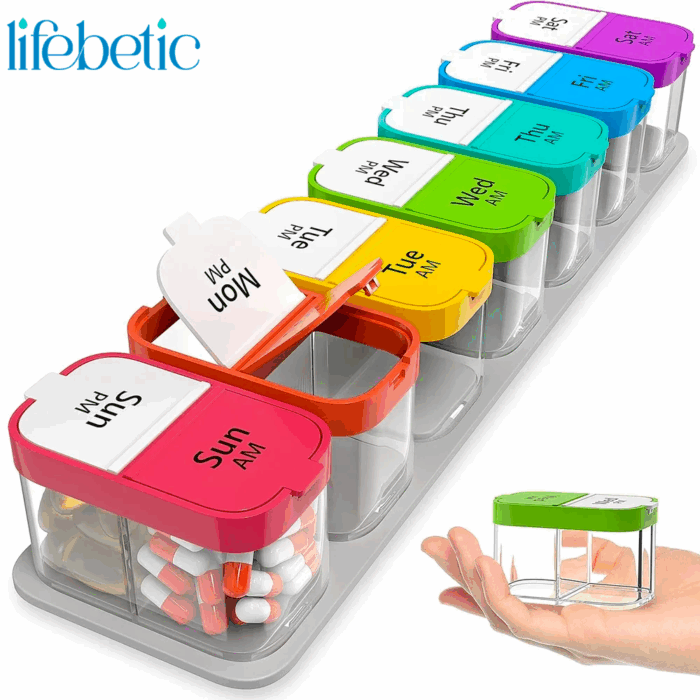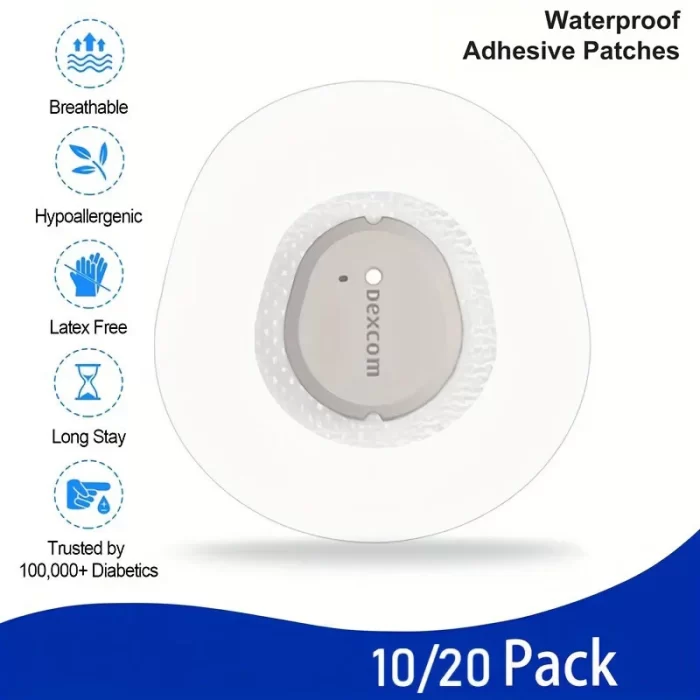Understanding Diabetes Insípidus: A Comprehensive Guide
Table of Contents
What is Diabetes Insípidus?
Diabetes insípidus is a rare condition characterized by an imbalance of fluids in the body. This disorder leads to excessive thirst and the excretion of large amounts of diluted urine. Unlike diabetes mellitus, which involves insulin and blood sugar levels, diabetes insípidus is primarily related to the hormone vasopressin, also known as antidiuretic hormone (ADH).
There are two main types of diabetes insípidus: central and nephrogenic. Central diabetes insípidus occurs when the body does not produce enough ADH, while nephrogenic diabetes insípidus happens when the kidneys fail to respond to ADH. Understanding these distinctions is crucial for effective management.
Why is Diabetes Insípidus Important in 2025?
As we move into 2025, the awareness and understanding of diabetes insípidus are becoming increasingly important. With rising global health challenges, including chronic diseases, recognizing symptoms early can lead to better management and improved quality of life.
Additionally, advancements in medical research are paving the way for innovative treatments. Staying informed about diabetes insípidus can help patients and caregivers navigate these changes effectively.
- Fluid imbalance
- Vasopressin deficiency
- Excessive urination
- Chronic thirst
For more detailed information, you can visit this resource on diabetes insípidus.
Step-by-step Guide to Diabetes Insípidus
Step 1: Recognize Symptoms
The first step in managing diabetes insípidus is recognizing its symptoms. Common signs include extreme thirst, frequent urination, and dehydration. If you experience these symptoms, consult a healthcare professional for evaluation.
Step 2: Diagnosis
Diagnosis typically involves a series of tests, including urine tests and blood tests, to measure hormone levels and assess kidney function. Understanding the type of diabetes insípidus is essential for effective treatment.
Step 3: Treatment Options
Treatment varies based on the type of diabetes insípidus. Central diabetes insípidus may be treated with synthetic vasopressin, while nephrogenic diabetes insípidus often requires a low-salt diet and medications to help the kidneys respond to ADH.
Common Mistakes to Avoid
When managing diabetes insípidus, it’s crucial to avoid certain pitfalls. Here are some common mistakes:
- Ignoring symptoms: Early intervention is key.
- Self-diagnosing: Always seek professional medical advice.
- Neglecting hydration: Staying hydrated is essential for managing the condition.
Real-world Examples
Consider the case of Sarah, a 30-year-old diagnosed with central diabetes insípidus. After recognizing her symptoms and consulting her doctor, she was prescribed desmopressin, a synthetic form of vasopressin. With proper management, Sarah was able to lead a normal life.
In another instance, John, a 45-year-old with nephrogenic diabetes insípidus, found relief by adjusting his diet and taking medications that helped his kidneys respond better to ADH. These examples highlight the importance of tailored treatment plans.
FAQ
What causes diabetes insípidus?
Diabetes insípidus can be caused by various factors, including head injuries, genetic disorders, or certain medications that affect hormone production or kidney function.
How is diabetes insípidus diagnosed?
Diagnosis involves urine and blood tests to evaluate hormone levels and kidney function, along with a thorough medical history and physical examination.
Can diabetes insípidus be cured?
While there is no cure for diabetes insípidus, it can be effectively managed with appropriate treatment and lifestyle adjustments.
Key Takeaways & Conclusion
Diabetes insípidus is a manageable condition that requires awareness and proactive treatment. Understanding its symptoms, seeking timely diagnosis, and adhering to treatment plans are essential for maintaining a good quality of life.
As we look towards the future, staying informed about diabetes insípidus will empower patients and caregivers alike. For those seeking diabetes accessories or products that can aid in managing the condition, visit this shop for diabetes accessories.
Discover our premium accessories for diabetics —
Visit the shop

 LifeBetic™ Dexcom G7 Sensor Patch Pack – 20 Waterproof Adhesive Covers (Patterned & Transparent, Hypoallergenic)
LifeBetic™ Dexcom G7 Sensor Patch Pack – 20 Waterproof Adhesive Covers (Patterned & Transparent, Hypoallergenic)  LifeBetic™ Invisible Insulin Pump Waist Belt – Lightweight, Breathable Support for All Pump Models
LifeBetic™ Invisible Insulin Pump Waist Belt – Lightweight, Breathable Support for All Pump Models  LifeBetic™ Waterproof CGM Sensor Patches – 5-Pack Long-Lasting Adhesive for Arm Placement (Patterned Design)
LifeBetic™ Waterproof CGM Sensor Patches – 5-Pack Long-Lasting Adhesive for Arm Placement (Patterned Design)  LifeBetic™ XL Weekly Pill Organizer – AM/PM Moisture-Proof Medicine Box
LifeBetic™ XL Weekly Pill Organizer – AM/PM Moisture-Proof Medicine Box  LifeBetic™ Dexcom G7 Patches – 20 Waterproof Transparent Overpatches (10-Day Hold)
LifeBetic™ Dexcom G7 Patches – 20 Waterproof Transparent Overpatches (10-Day Hold)  Waterproof Insulin Cooler Bag – Travel Case with Gel Packs
Waterproof Insulin Cooler Bag – Travel Case with Gel Packs  Smart Insulin Cooler Travel Case
Smart Insulin Cooler Travel Case  LifeBetic™ Insulin Pump Belt Bag
LifeBetic™ Insulin Pump Belt Bag  LifeBetic™ Sport Sensor Patches – Waterproof, Breathable Overpatch for Freestyle Libre (40-Pack)
LifeBetic™ Sport Sensor Patches – Waterproof, Breathable Overpatch for Freestyle Libre (40-Pack)